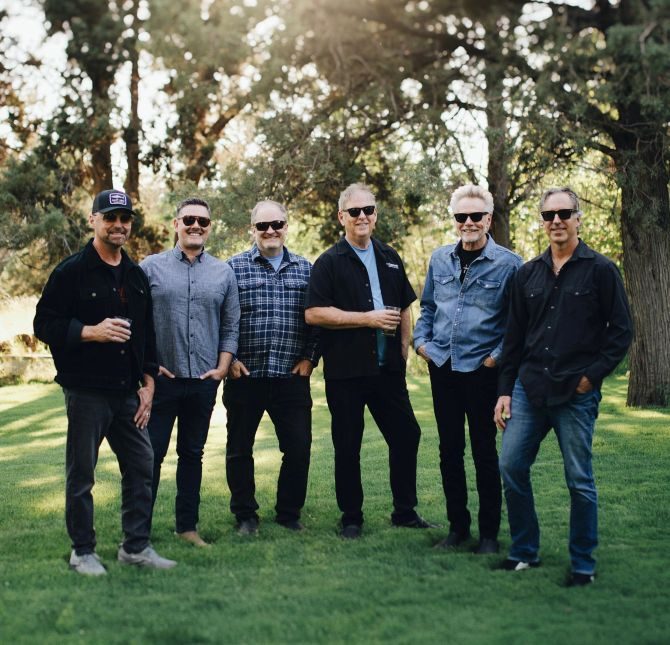Life in the penumbra
Published 5:00 am Sunday, October 26, 2008
As every Constant Reader knows, a penumbra is first of all the partial or imperfect shadow outside the complete shadow of an opaque body, such as a planet. A penumbra is also “a shadowy, indefinite or marginal area.” As every writer learns in the cradle, words have their penumbrae. We must learn to live with them.
First exhibit, from a review in The New York Times of a performance of “Salome” at the Metropolitan Opera. In the final act, soprano Karita Mattila “twirled around half-crazed and totally naked.” Question to writers: Should critic Anthony Tommasini have described Ms. Mattila not as totally naked, but as “totally nude”?
Speaking lexicographically, there’s no difference. The gnomes of Merriam-Webster define “naked” as “nude” and “nude” as “naked.” Speaking semantically, there’s a world of difference. Out there in the penumbrae, “nude” travels in first class. The adjective is box-seated and mink-coated. Poor old “naked” travels in coach.
Second exhibit, from an editorial last month in the Times about the new Lincoln Center: “The scale and activity of this enormous reconstruction project creates a peculiar sense of paradox.” The sentence is notable not only for its plural subject and singular verb, but also for that adjective “enormous.” It lives within the penumbra of “enormity,” and “enormity” carries heavy baggage: An enormity is “an outrageous, vicious or immoral act.” The noun embraces an adjective. It is “grossly evil, monstrous.” Reasonably minded observers may reasonably disagree on the Manhattan project, but it doesn’t deserve to be tagged as “enormous.”
In the same vein, let me object one more time to “arch,” as in the Times’ “John McCain is promising to nominate more archconservatives to the Supreme Court.” Yes, the adjectival “arch” can mean “saucy, playful, mischievous, impudent,” but it also means “extreme.” The examples given are “archfiend” and “archvillain.” I have covered the high court for the past 30 years and will attest that, although the justices often are mistaken, not a one of them is “arch.”
Moving on! The Washington Post recently covered the trial of a fellow charged with impersonating a rear admiral. Said the reporters: “He certainly seemed like the real thing.” Question: Is there something amiss in “seemed like”? None of the usual authorities offers even a murmur of discontent with the usage, but my ear says clunk. After all, the imposter didn’t seem to be LIKE a real admiral; he seemed TO BE a rear admiral. Or am I being picky-picky-picky?
Not moving on: The Associated Press decrees that “media” is a plural noun. Thus, to the AP, “the news media ARE resisting attempts to limit their freedom.” To the Times on Oct. 4, “the media WAS ignoring Biden.” To The Wall Street Journal, covering Sarah Palin last month, “Celebrity Media HITS the Trail.” Listen up, everybody! The AP gets it right! Nounwise, “media” is as plural as cats, dogs and polliwogs’ tails.
While we’re talking “style,” in the copyediting sense, a tut-tut goes to The Wall Street Journal for a story in September. The piece began, “Alberta Davidson woke up at 5 a.m. one morning last March to a blaring alarm.” Regrettably, an alarm bell did not blare of the reporter’s redundancy. Last time we looked, timewise, “ante meridiem” covered all activity between midnight and high noon. Stylewise, Ms. Davidson awoke at 5 o’clock one morning or at 5 a.m. one day.








